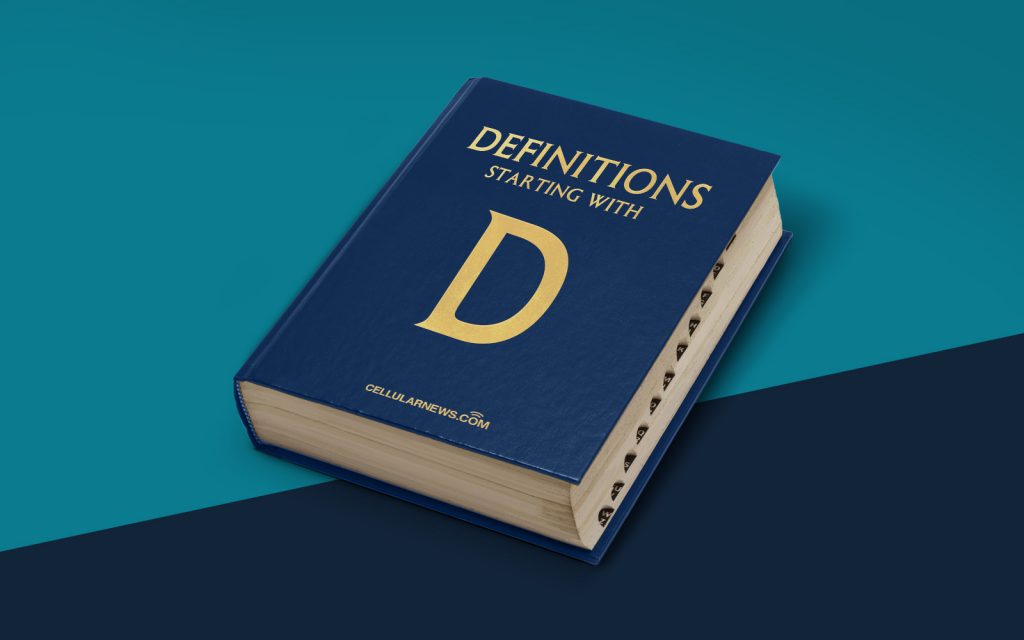
What Is Decentralization? Examples, Benefits, and Drawbacks
Welcome to the “DEFINITIONS” category on our page! In this blog post, we’re going to explore the concept of decentralization and its various aspects. If you’ve ever wondered what decentralization means, how it works, and what its advantages and disadvantages are, you’re in the right place. So, let’s dive in and unravel the world of decentralization!
Key Takeaways:
- Decentralization distributes power, decision-making, and control away from a central authority or entity.
- Examples of decentralization include blockchain technology, peer-to-peer networks, and distributed autonomous organizations (DAOs).
What is Decentralization?
Decentralization is the process of transferring power, decision-making authority, and control from a central authority or entity to multiple smaller entities or individuals. It aims to distribute power and empower individuals or smaller groups by reducing reliance on a single governing body or centralized system.
Decentralization can be applied to various domains, including governance, finance, technology, and more. It challenges the traditional hierarchical structures and introduces a more democratic and inclusive approach to organizing and governing systems.
Examples of Decentralization:
Let’s take a look at some examples of decentralization in action:
- Blockchain Technology: Blockchain, the technology behind cryptocurrencies like Bitcoin and Ethereum, operates on a decentralized network of computers called nodes. Transactions and data are stored and validated across multiple nodes, eliminating the need for a central authority.
- Peer-to-Peer Networks: Peer-to-peer networks enable direct communication and file sharing between users without the need for intermediaries or centralized servers. Torrents and decentralized file storage networks, such as IPFS, are examples of this type of decentralization.
- Distributed Autonomous Organizations (DAOs): DAOs are organizations run on smart contracts, which are self-executing and self-enforcing contracts on blockchain platforms. These organizations operate without a hierarchical management structure, with decision-making and governance controlled by token holders.
Benefits of Decentralization:
Decentralization offers several benefits, including:
- Resilience and Security: Decentralized systems are more resistant to failures, cyber attacks, and censorship as they lack a single point of failure.
- Transparency: Many decentralized systems leverage transparency through public ledgers, giving participants increased visibility and trust.
- Greater Freedom and Autonomy: By distributing power, decentralization provides individuals and communities with more freedom to operate and make decisions.
- Lower Costs: Removing intermediaries can help reduce costs associated with centralized systems.
Drawbacks of Decentralization:
While decentralization offers a range of advantages, it also has its drawbacks:
- Coordination Challenges: Distributed decision-making can lead to coordination difficulties and conflicts of interest.
- Slower Decision-Making Process: Decentralized systems may take longer to reach consensus and make decisions compared to centralized systems.
- Reduced Accountability: With power distributed among various entities, it becomes harder to hold specific individuals or organizations accountable for their actions.
In conclusion, decentralization is a paradigm-shifting concept that promotes a more inclusive, democratic, and resilient approach to organizing systems. Its implementation across various domains continues to reshape industries and empower individuals around the world.
If you found this blog post helpful, explore our other categories for more fascinating insights into different topics!
